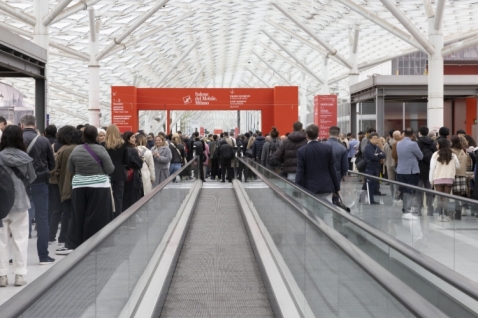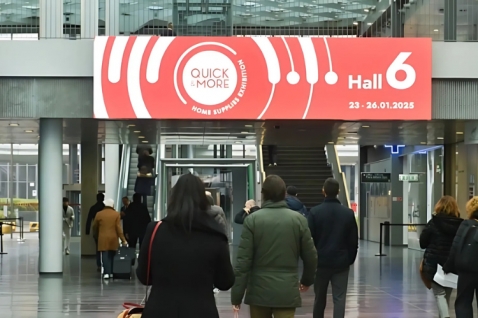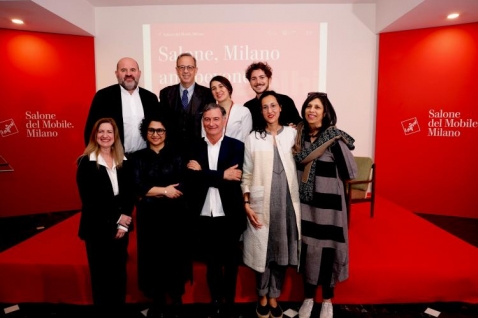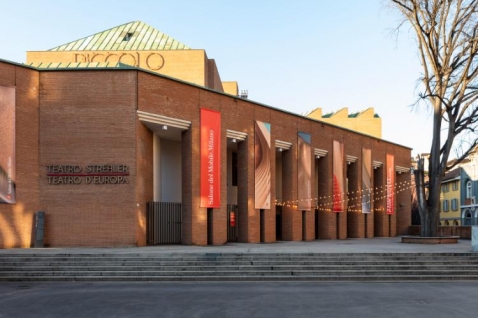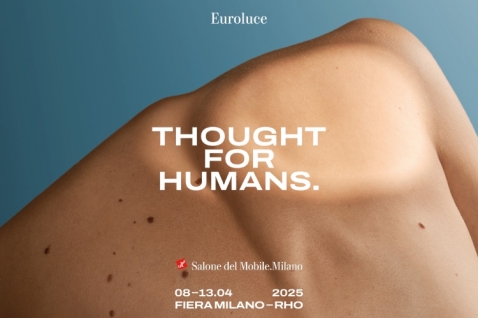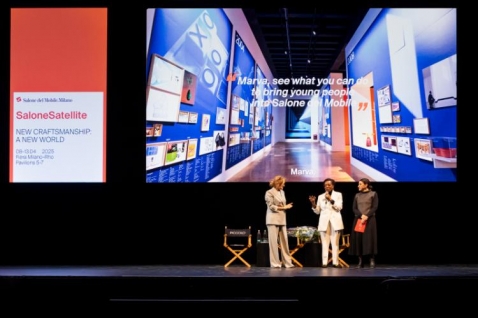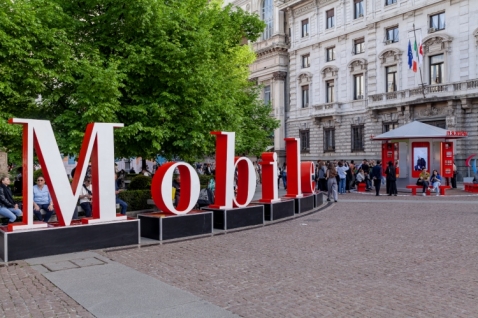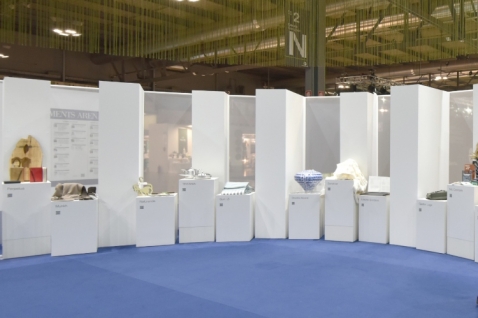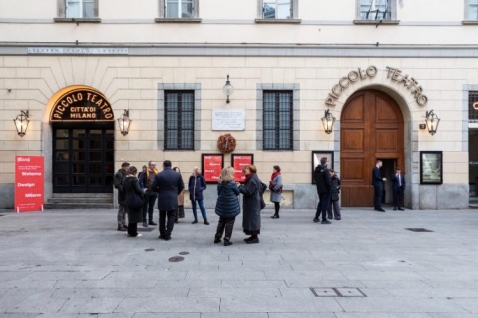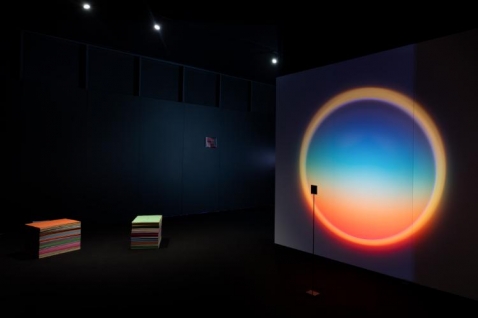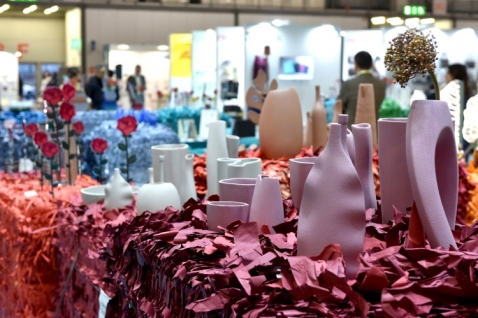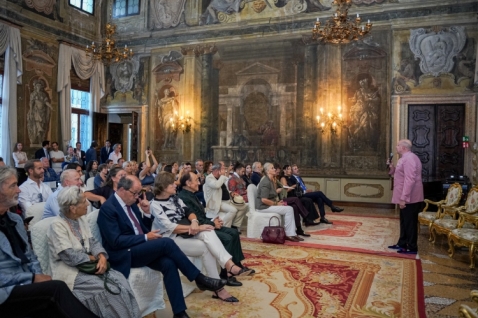
Following the meetings with great masters of design such as Enzo Mari, Alessandro Mendini and Riccardo Dalisi and the unconventional, interactive discussions with Riccardo Dalisi and Riccardo Blumer, this year’s Lesson in Reverse at Cersaie will be given by a highly eclectic figure.
The meeting – one of the most important appointments in the ‘Building Dwelling Thinking’ programme aimed at young people – will be led by Massimo Giacon, a multidisciplinary artist who works in fields ranging from design to comic strips, art and music and is considered one of the fathers of modern Italian comics. His work as a designer has seen him involved in projects for Memphis, Swatch, Olivetti, Philips, Artemide, Telecom, Ritzenhoff and Alessi.
Massimo Giacon was born in Padua in 1961 and made his comic strip debut in 1981. He began working as a designer in 1985 and partnered with the practices of Ettore Sottsass, Alessandro Mendini, Sieger Design and Matteo Thun. A highly prolific author, Giacon was a key player in the cultural movements centred around the performing arts in the 1980s and 1990s. Together with Piermario Ciani and Vittore Baroni, in 1981 he founded Trax, an open project that involved more than 500 artists and musicians from various countries in the production of records, cassettes, audio magazines, prints, comics, T-shirts and performances. Trax was the precursor of the Luther Blissett project, a collective pseudonym used by an unspecified number of performers, artists, underground magazines, virtual communities and squatters’ collectives in the 1990s, which in turn gave rise to the Wu Ming literary collective in Bologna.
At the event to be held in the Europauditorium on Friday 2 October, Massimo Giacon will answer questions put by high school students from all over Emilia Romagna, who will have a unique opportunity to talk face-to-face with an artist who is enormously popular amongst young people. The lesson in reverse will be introduced by Fulvio Irace, architecture historian and lecturer at Milan Polytechnic.

